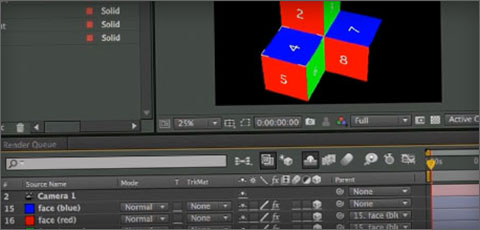
To control player W, for example, you would write: This will make the push button toggle between pausing and playing on the player that reacts to pressing 1 on the keyboard, otherwise, known as player 1. In order to create buttons that toggle a player's play-state on a soundboard, you need to add a Push Button in the editor, choose the OSC tab, then un-tick the checkbox named auto and write the following in the textbox that just became enabled. Here is a screenshot to show you where to write all OSC addresses in the editor. It's strongly recommended that you read the documentation for the OSC two-way api, so you can more easily follow along with the next part of the guide:
TOUCHOSC EDITOR TUTORIAL HOW TO
Now that you know, more or less, how to use the editor, I will show you what UI elements to use and how to configure them to work with CasterSoundboard.
TOUCHOSC EDITOR TUTORIAL MANUAL
Here's the manual for the iOS/Android App: Here's the documentation for the editor on the developer's website: Here's a decent beginner tutorial on YouTube: Please, read the manual for the editor or watch tutorials on how to use it.

Showing you how to use the editor is beyond the scope of this guide. Obviously, make sure you have the Java run-time for your platform installed prior to running the application.ĭownload the version of the editor for your OS from the developers website/product page and scroll to the bottom in the downloads section: The editor is a Java application, so it will run on any operating system including any Linux distro. Even if you plan on using a pre-made layout instead of creating your own, you still need to use it because it's the only way to send layouts to the ToucOSC app. Next, you will need to download the layout editor. Step 2: Download the Free TouchOSC Layout Editor All versions of the app are universal and will run on phones or tablets, so you only have to buy it once.

Namely, TouchOSC because of it's highly customizable user interface and low cost to purchase (about 5 USD).

Guide: How to Control CasterSoundboard Using Your Phone or Tabletĭue to the inclusion of Open Sound Control (OSC) support into CasterSoundboard, you can now control your soundboards remotely by using an app on a smartphone or tablet that supports two-way OSC communication over a network.įor this guide, I focus on only one app.


 0 kommentar(er)
0 kommentar(er)
